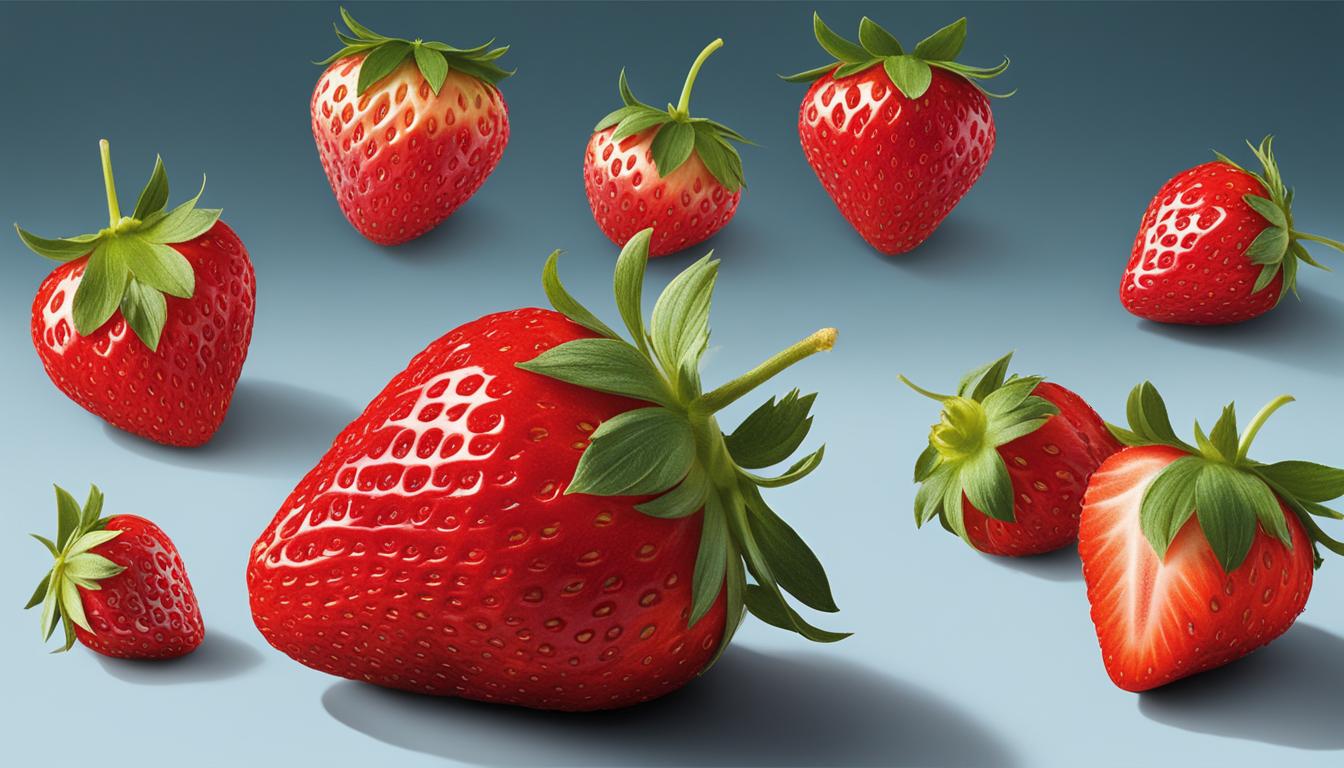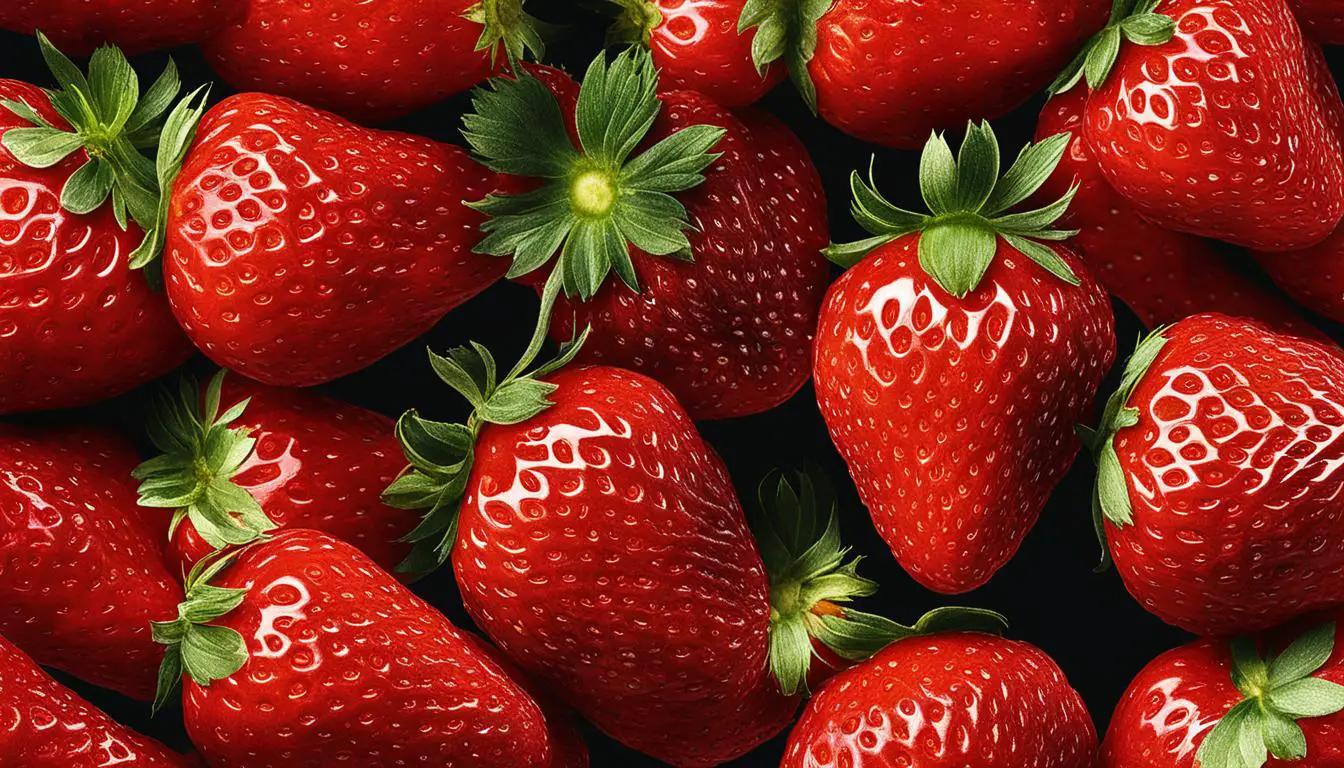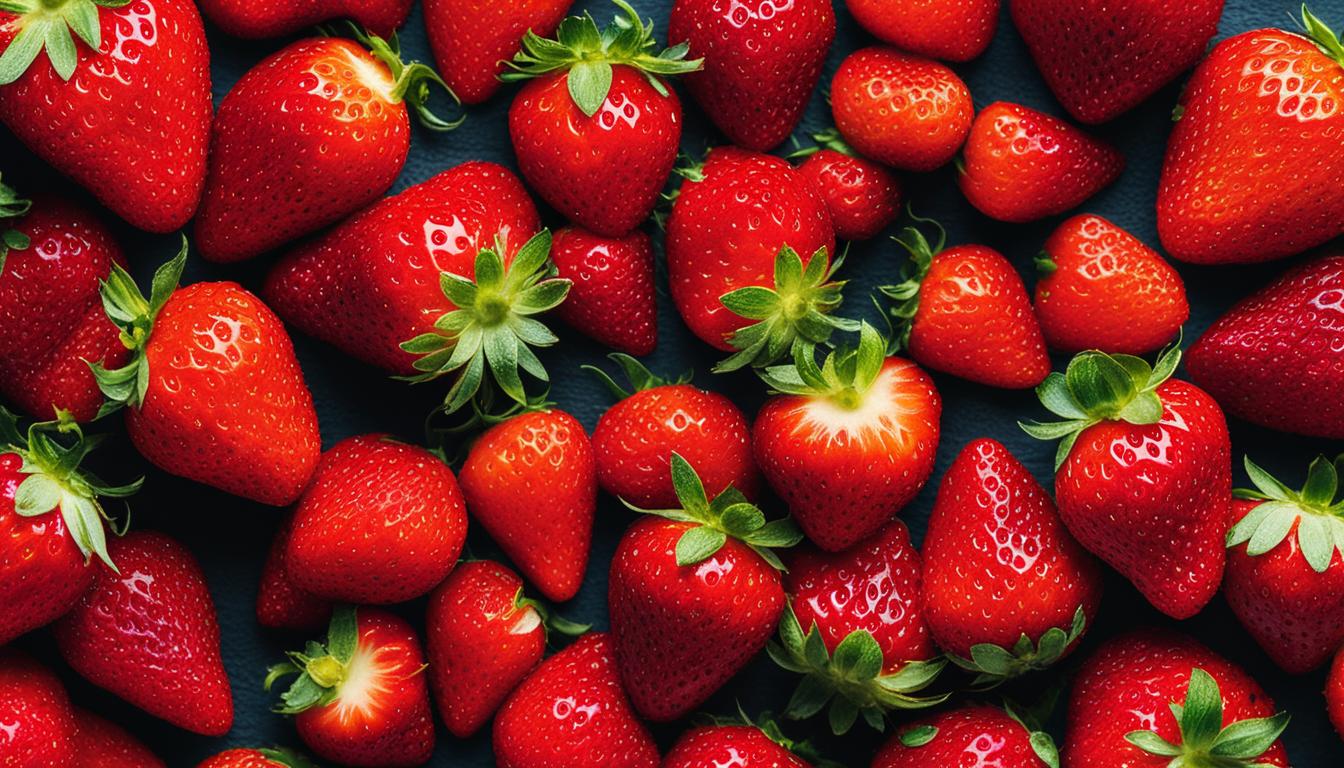If you are a food lover with a discerning palate, you have probably tried different seasonings and spices to add a special touch to your culinary creations. But there is a seasoning that is gaining more and more space in kitchens around the world – and now, here in Brazil too – Massala.
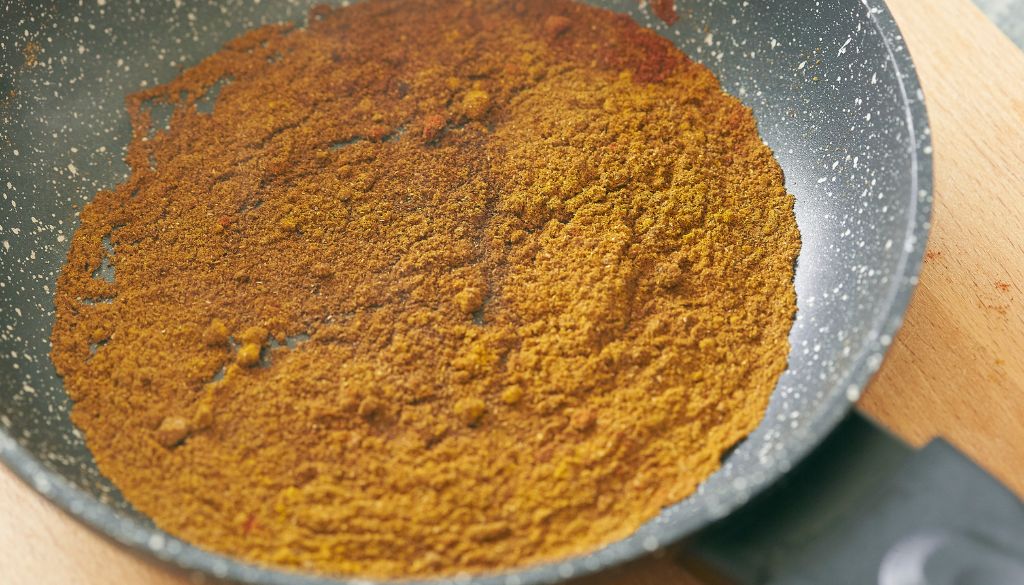
Discovering Massala: the spice that will revolutionize your cooking in Brazil
Massala is not just any seasoning, but a mixture of different ingredients that brings a unique and complex flavor to dishes. In this article, I will tell you everything you need to know about Massala, from its history to practical tips on how to use it in the kitchen.
Main Conclusions
- Massala is a spice blend originating from India.
- It brings a complex combination of flavors to dishes
- Massala can be used in a variety of recipes, from meat to vegetables.
- There are different types of Massala, each with its own combination of spices.
- Massala can be found in specialized stores and can also be made at home.
- It can be stored for a long period as long as it is kept in an airtight container and in a cool, dry place
What is Massala?
Dear reader, get ready to dive into the world of flavors! If you haven't heard of Massala yet, you're missing out on the opportunity to transform your kitchen into a paradise of exotic aromas and tastes. Massala is a mixture of spices typical of Indian cuisine, which has been conquering the palates of people around the world. Combining a variety of spices, it adds a burst of flavor to any dish.
Furthermore, Massala has many beneficial properties for health. It is rich in antioxidants, has anti-inflammatory properties and helps lower cholesterol. In other words, your dish will not only be tastier, but it will also be good for your health.
But make no mistake, dear reader, just as Indian cuisine is full of nuances and secrets, Massala can also present several variations. Each region of India has its own unique recipes and spice combinations. Therefore, it is important to know a little more about the different types of Massala and their specific properties.
So you don't get lost when it comes to seasoning your food with Massala, let's delve into this universe of flavors in a little more depth. Keep reading to find out everything you need to know about Massala!
The benefits of Massala in the kitchen
Now that we know what Massala is, it's time to talk about its benefits in the kitchen. Do you want to know how this seasoning can revolutionize your dishes? So, keep reading!
| Benefits | Explanation |
|---|---|
| Variety of Flavors | Massala is a blend of spices that offers a wide range of flavors. It can be used in different types of dishes, from meat to vegetarian dishes. |
| Health | In addition to taste, Massala also offers health benefits. It contains spices such as cinnamon, which helps lower blood sugar, and cumin, which aids digestion. |
| Time saving | When using Massala, you don't need to mix several different spices to flavor your dishes. This saves time and simplifies your kitchen routine. |
| Ease of Use | Massala does not require any specialized knowledge to use. Just add a teaspoon or so to taste, depending on the recipe or personal preference. |
But that's not all, Massala has even more benefits for your kitchen. It is versatile and can be used in different dishes, from Indian curry to Italian pasta. Plus, you can store it for a long period of time without it losing its flavor.
If you haven't tried Massala in your kitchen, now is the time to put it to the test. With its varied flavors and health benefits, this seasoning is a delicious and healthy option to breathe new life into your dishes.
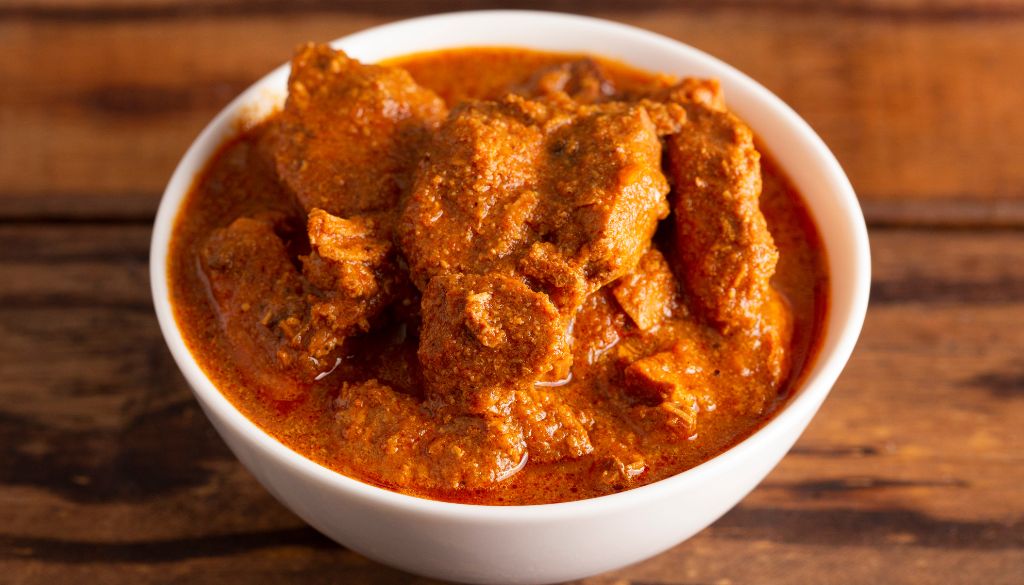
Massala is a versatile and delicious seasoning
I love cooking and I like trying new spices and flavors. When I discovered Massala, it was love at first bite! This Indian seasoning is a mixture of delicious and aromatic spices that add a unique flavor to dishes.
Massala is a mixture of spices that can vary depending on the region and the cook preparing it. Generally, the seasoning is composed of cardamom, cinnamon, cloves, nutmeg, black pepper, cumin, coriander and ginger. The result is a mix of hot and spicy flavors that make any dish tastier.
But the benefits of masala go beyond flavor. The spices that make up the seasoning have medicinal properties and can help improve health. Ginger, for example, is known to aid digestion and strengthen the immune system, while cinnamon can help reduce blood sugar and improve circulation.
Tips on how to use Massala
Massala is a very versatile seasoning and can be used in a wide variety of dishes. It goes especially well with recipes based on chicken, red meat, vegetables and rice.
One tip is to use Massala as a base for a curry sauce. Sauté onion, garlic and ginger in a pan, add Massala and a little coconut milk. Let it cook for a few minutes and then add vegetables or meat to complete the dish. The result is a delicious and aromatic meal.
It is also possible to use Massala as a seasoning for roasted vegetables. Just mix the spices with olive oil and distribute over the vegetables before putting them in the oven.
And how about a dessert with Massala? Try adding some spice to carrot cake or apple muffin recipes. The flavor will be surprising!
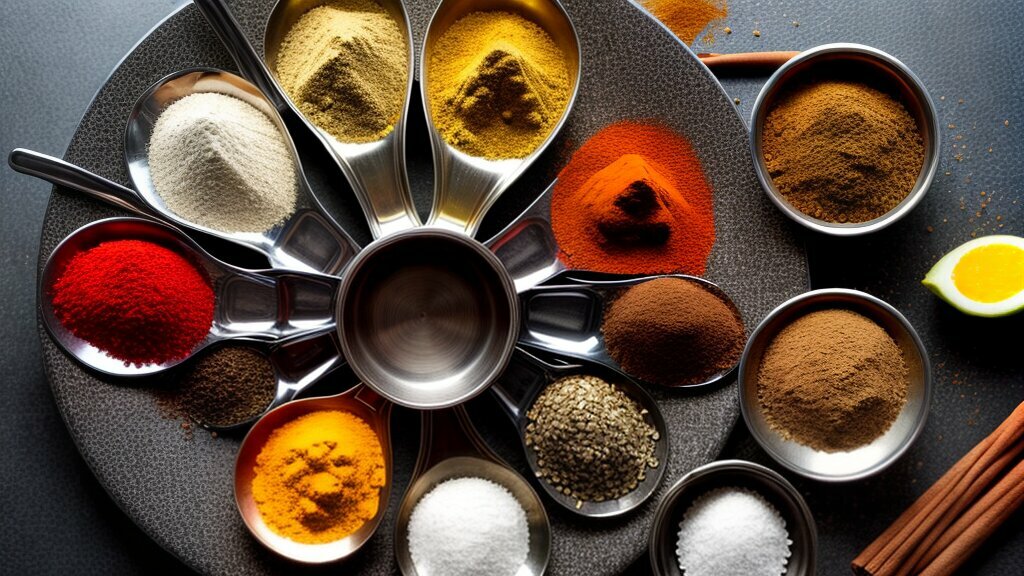
Try Massala and open up a world of possibilities in your kitchen. Combining ingredients with flavor and health, your food can be even more incredible with this irresistible Indian seasoning.
Irresistible recipe tips with Massala
You may be asking yourself: “Is this Massala really that good?” The answer is: yes and a lot! In addition to being an incredible seasoning mix, it can be used in several recipes to give that special touch to the dish.
Check out some recipe options with Massala below:
- Chicken with Masala: This is one of the most popular recipes with Massala. Season the chicken pieces with Masala, salt, pepper, coriander and lemon juice. Let it marinate for a few hours and then bake in the oven until golden.
- Rice with Masala: An easy way to add Massala flavor to rice is to sauté onion and garlic in butter, add rice, vegetable stock and Massala. Cook over low heat until the rice is tender.
- Vegetables with Masala: Cut vegetables like carrots, zucchini and broccoli into small pieces. Sauté in a pan with olive oil, onion and garlic. Add Masala, salt and pepper to taste. Serve hot as a side dish.
These are just a few recipe suggestions with Massala. Use your creativity and experiment with seasoning in different dishes, such as stews, soups and salads. I'm sure you'll fall in love with the flavor.
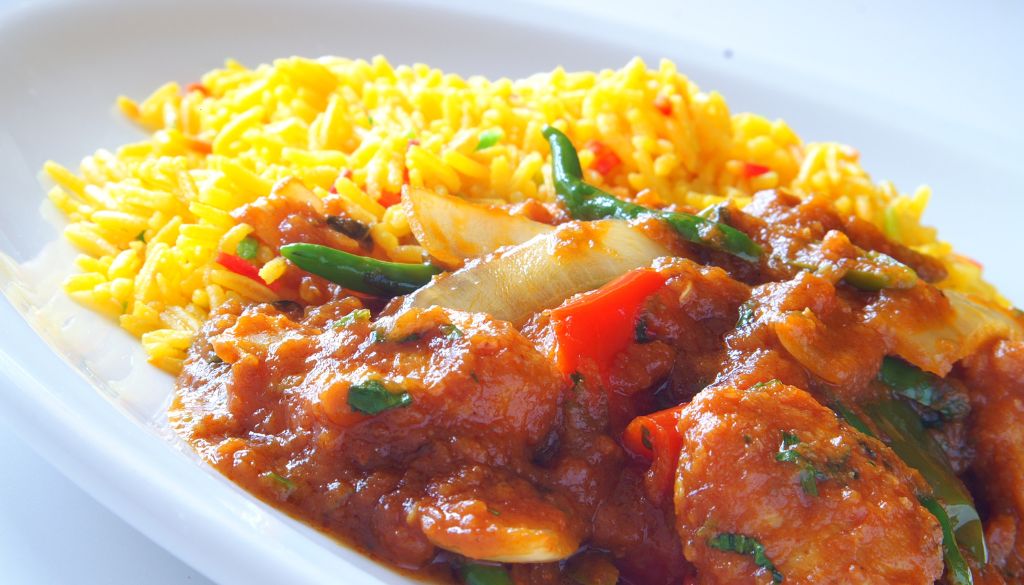
Where to find Massala in Brazil
Now that you know everything about Massala and are dying to try it in your kitchen, you may be wondering where to find this exotic seasoning here in Brazil. But don't worry, because I have some valuable tips to share with you!
In some more cosmopolitan cities, such as São Paulo and Rio de Janeiro, it is possible to find Massala in spice stores or in markets specializing in Indian ingredients. If you don't live in these cities or don't have much desire to look, the good news is that you can also find the seasoning in online stores. Some reliable options are Spice Lab and Empório Ajowan.
It is important to remember that Massala is a very aromatic and exotic seasoning, so it is natural that it has a slightly higher price than other more common seasonings. But I can guarantee that the investment is worth it, especially if you are a lover of Indian cuisine.
So, did you like the tips? Now just run to try Massala in your next recipe and fall in love with the exotic flavors of Indian cuisine!
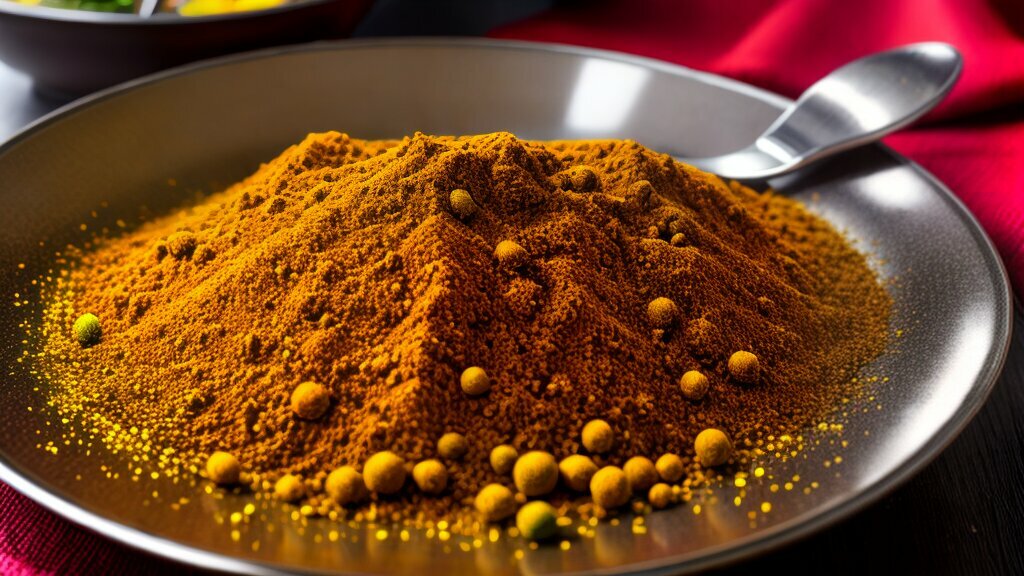
The story behind Massala
Ah, the story! I simply love discovering the origin of the foods and ingredients that are part of our kitchen. It's incredible to think about how, through the ages, spices have crossed continents and influenced the cuisine of different regions of the world.
Massala is no exception. This spice so loved in India and other Asian countries has a fascinating story that is worth telling.
It is believed that Massala appeared in the Indian region more than two thousand years ago, at the height of the spice trade routes. At that time, spices were so valuable that they were considered as valuable as gold, and traders made real fortunes selling them to other countries.
Massala is a mixture of spices that varies from recipe to recipe, but generally contains cumin, coriander, cinnamon, nutmeg, black pepper and cardamom. This mix of flavors is what makes Massala so special and so versatile in the kitchen.
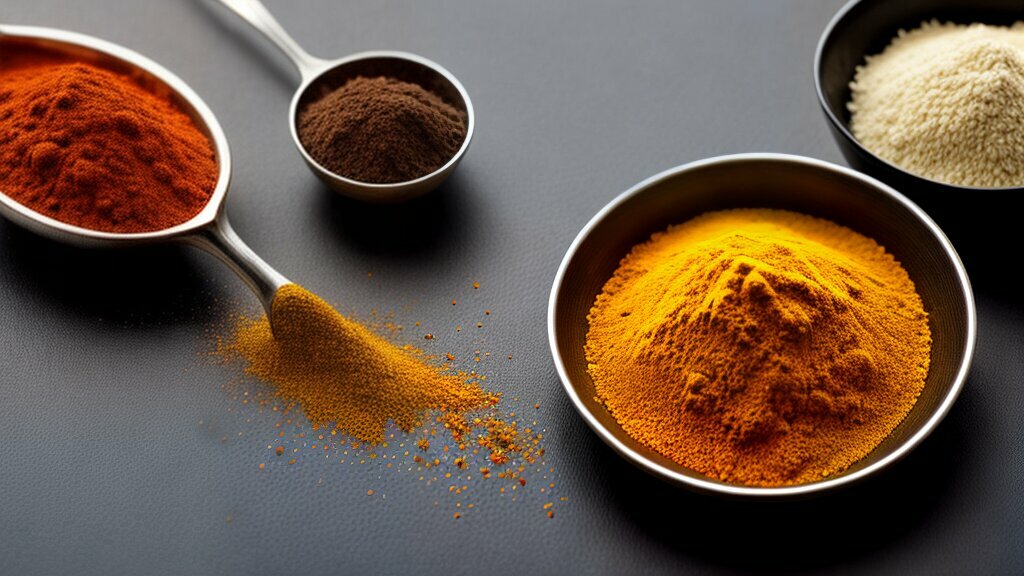
And you know what's most interesting? Massala is not just a mixture of spices but is also a symbol of Indian culture. In India, Massala is much more than a seasoning: it is a tradition that is passed down from generation to generation, a way of celebrating unity between people and sharing good times at the table.
It's no wonder that Massala has won so many hearts around the world, including mine!
The different types of Massala
If you thought there was only one type of Massala, prepare to be amazed! In fact, there are several types of Massala, each with its own combination of spices and aromas.
The most common types include:
| Type of Masala | Main ingredients | Characteristics |
|---|---|---|
| Garam | Cardamom, cinnamon, cloves, cumin, coriander, black pepper | Strong and spicy aroma, goes well with meats and vegetables |
| Tikka | Red pepper, turmeric, cumin, coriander, ginger, garlic | Slightly spicy, ideal for marinades and grilling |
| Chaat | Ginger, cumin, coriander, mint | Slightly acidic flavor, perfect for salads and Indian snacks |
These are just a few examples, but the variety of Massalas is huge and each region of India can have its own recipe.
And speaking of variety, it's worth remembering that Massala doesn't have to be exclusive to Indian cuisine. Try adding it to Brazilian recipes, such as beans, rice and sauces. The result can be surprising!
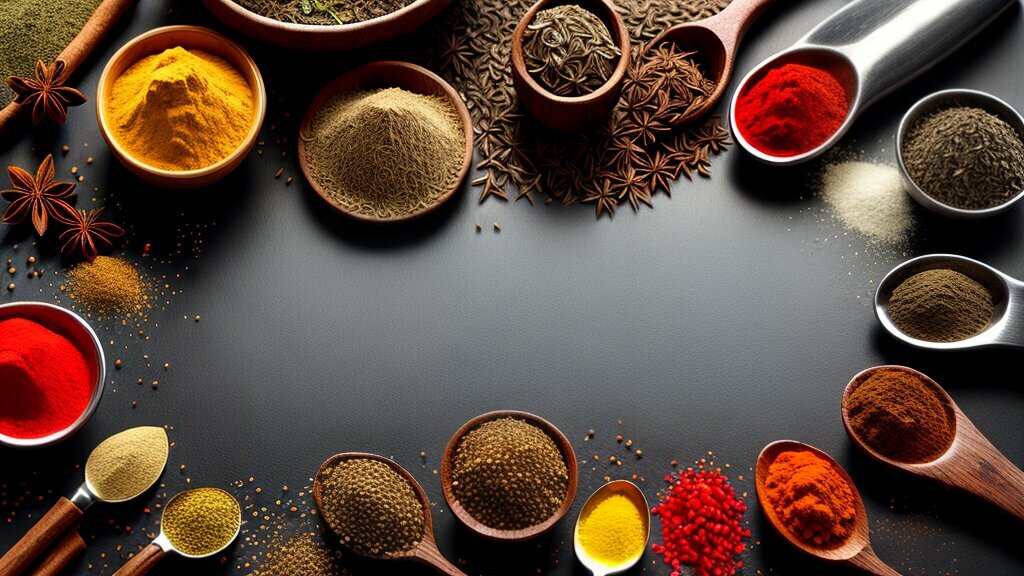
So, ready to try the different types of Massala and find out which one is your favorite? I'm already looking forward to testing all the possibilities in my kitchen. To the next!
Massala conservation and shelf life tips
I know that after discovering Massala, you were as excited as I was to try it in all of your recipes! But before you rush out to buy a stock, it's important to know how to preserve it correctly to ensure it lasts for a long time.
You can store your Massala in a tightly closed container in a cool, dry place so that moisture does not harm it. Make sure the container is away from direct sunlight or sources of moisture, such as a kitchen sink or near a stove.
Massala does not expire, but it can lose its aromatic and flavor properties over time. Therefore, it is best to consume the seasoning within six months of purchase for the best flavor. If you have trouble remembering when you purchased the product, insert a label with the date on the container.
If you notice that your Massala mixture no longer has its characteristic aroma or flavor, it's time to discard it. There's nothing worse than using a flavorless seasoning in your food!
Now that you know how to store and keep your Masala fresh, you're ready to try it in all your recipes! But remember: a little of this seasoning can completely transform the flavor of your dishes, so start with a small amount and adjust according to your taste.
Conclusion
Well, now that you know what Massala is, its benefits in the kitchen, tips for using it, delicious recipes and where to find it in Brazil, I can safely say that you are ready to try this incredible spice! It will definitely revolutionize the way you cook.
Remember that there are different types of Massala and each one has its own characteristic flavor and aroma. Furthermore, it is important to check the validity and conservation of the spice to get the most out of it.
The story behind Massala is fascinating and shows how each culture has its own spice blends that add flavor and personality to dishes. The mixture of spices that we know today as Massala has its origins in India, but has been adapted and incorporated into various cuisines around the world.
I hope I have awakened your curiosity and desire to try Massala. I'm sure you won't regret it and will discover a world of gastronomic possibilities when you include this spice in your recipes. So, get to work and enjoy!
Common questions
What is Massala?
Massala is a mixture of spices originating from India, which brings a unique and exotic flavor to dishes. It is known for its combination of intense and aromatic flavors.
What are the benefits of Massala in the kitchen?
Massala is known for adding an extraordinary flavor to dishes, as well as having medicinal properties. It can aid digestion, stimulate metabolism and even improve the immune system.
What are the tips on how to use Massala?
Massala can be used in a variety of recipes, from savory dishes such as meat and vegetables to sweet desserts. Try adding a pinch of Massala to soups, sauces, rice, cakes and even drinks.
Do you have irresistible recipes with Massala?
Clear! Here are some recipe suggestions with Massala: chicken curry with Massala, rice with Massala and almonds, chocolate cake with Massala and cloves. Unleash your creativity in the kitchen!
Where can I find Massala in Brazil?
Massala can be found in spice stores, Indian emporiums and online. Also check supermarkets that have an international or exotic products section.
What is the story behind Massala?
Massala has a rich and ancient history in Indian culture. The word “Massala” means “mixture” in Hindi, and its origin dates back thousands of years, being used in religious rituals and as a traditional seasoning.
What are the different types of Massala?
There are several types of Massala, each with its unique combination of spices. Some of the best known are Garam Massala, Curry Massala and Tandoori Massala.
What are the conservation and shelf life tips for Massala?
To keep Massala fresh and tasting better, it is recommended to store it in an airtight container away from light and moisture. The validity of Massala varies, but is generally 1 to 2 years. Remember to check the expiration date on the label.
Paulo Ribeiro, an Information Technology consultant, is passionate about cooking and gastronomy. Her true passion lies in exploring the stories behind the recipes and ingredients. At “Cozinha da Vê”, he shares his culinary discoveries, tested recipes and historical insights, creating a unique journey that combines technology and flavor.

